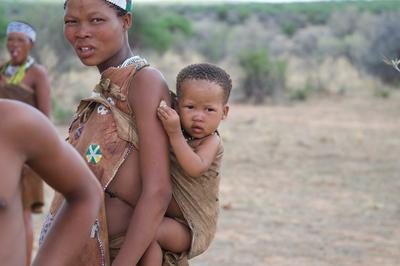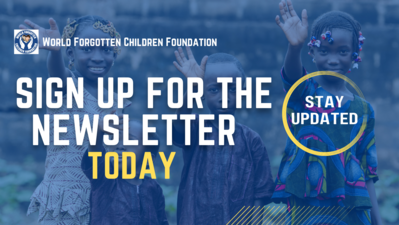
The United Nations reported that an estimated 5 million children died before they reached the age of five and another 2.1 million children and youth between the ages of 5-24 lost their lives in 2021. During the same period, 1.9 million babies were stillborn. These deaths did not have to happen and could have easily been prevented if there was equitable access to medical care which would have allowed birthers, newborns, children and adolescents the care they need to remain healthy (UN, 2023).
“Every day, far too many parents are facing the trauma of losing their children, sometimes even before their first breath,” said Vidhya Ganesh, UNICEF Director of the Division of Data Analytics, Planning and Monitoring. “Such widespread, preventable tragedy should never be accepted as inevitable. Progress is possible with stronger political will and targeted investment in equitable access to primary health care for every woman and child.”

With that being said, the report highlighted some positive aspects from the last few decades. For example, there was a lower risk of death across all ages globally since 2000. The global under-five mortality rate also fell by almost 50 percent since the start of the century. Mortality rates of older children dropped by 36 percent, while the stillbirth rate dropped by 35 percent. These positive changes can be credited to major investments in healthy systems that are likely to benefit birthers, children and newborns (UN, 2023).
However, with all that progress, there still exists a few disparities that result in children dying all around the world. For example, children born in sub-Saharan Africa and Southern Asia have different survival chances than children born elsewhere, as these two regions face the heaviest burden when it comes to child mortality. Although sub-Saharan Africa only accounts for 29 percent of live births, this region accounts for more than half (56%) of all under-five deaths in 2021, with Southern Asia counting for 26 percent of the total. This means that children that are born in sub-Saharan Africa are 15 times more likely to die as children when compared to a child that is born in Europe or Northern America (UN, 2023).
“It is grossly unjust that a child’s chances of survival can be shaped just by their place of birth, and that there are such vast inequities in their access to lifesaving health services,” said Dr Anshu Banerjee, Director for Maternal, Newborn, Child and Adolescent Health and Ageing at the World Health Organization (WHO). “Children everywhere need strong primary health care systems that meet their needs and those of their families, so that – no matter where they are born – they have the best start and hope for the future.”

Not only are children dying in these regions but also the birthers in those two regions face painful losses of babies to stillbirth at very high rates, with 77 percent of all stillbirths being in sub-Saharan Africa and South Asia in 2021. Almost half of all stillbirths happen in sub-Saharan Africa, with the risk of a stillborn baby being 7 times more likely in that region when compared to Europe and North America (UN, 2023).
“Behind these numbers are millions of children and families who are denied their basic rights to health,” said Juan Pablo Uribe, Global Director for Health, Nutrition and Population, World Bank and Director of the Global Financing Facility. “We need political will and leadership for sustained financing for primary health care which is one of the best investments countries and development partners can make.”
Global health efforts are only going to grow in importance, as the world becomes more connected, and the issues plaguing one country easily spreads to other regions. Diseases are easily spread, diets cross borders and pollution hurts everyone. Individual countries cannot hope to fix many of the world’s problems, no matter how much they invest in global health, until they get everyone on board. WFCF’s mission is to provide technical help and funds to low-income communities and orphaned, disabled children globally. Organizations like WFCF depend on the public’s understanding on global health to receive funds and make investments to improve the health of people living in low-income communities. Play your part today by donating to WFCF and supporting our mission.
References:
UNICEF. (2023). A child or youth died once every 4.4 seconds in 2021 – UN report. UNICEF. https://www.unicef.org/press-releases/child-or-youth-died-once-every-44-seconds-2021-un-report


